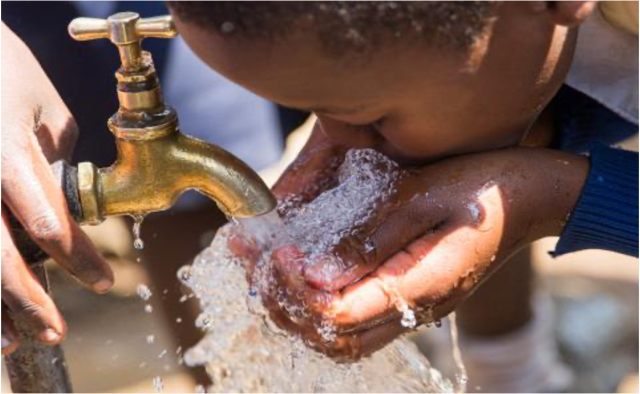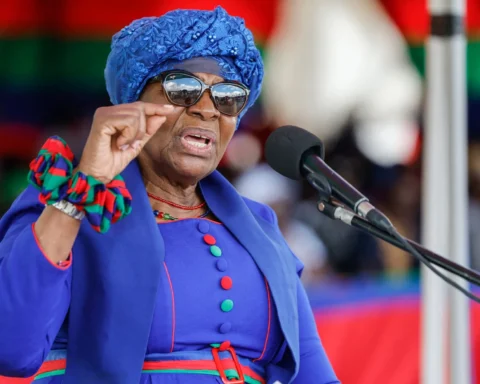Dar es Salaam residents, particularly those in areas supplied by the Upper Ruvu water plant, continue to struggle with frequent water shortages, a situation that has been linked to the rapid growth of industries and residential settlements in the Coast region.
Neighborhoods such as Kimara, Tabata, Ubungo, Changanyikeni, Segerea, and Kongowe have been the hardest hit, with residents reporting inconsistent supply and increasing dependence on water vendors. In contrast, areas served by the Lower Ruvu plant—like Masaki, Oyster Bay, Mbezi Beach, Mikocheni, and Kinondoni—have experienced fewer disruptions due to their larger but less densely populated landscape.
Speaking on the matter, a senior official from the city’s water authority acknowledged that the Upper Ruvu plant, which currently produces 190 million liters of water per day, is struggling to keep up with demand. “The rapid establishment of industries around Mlandizi and the growing population have put pressure on the water system, making it difficult to provide a consistent supply,” he explained.
To tackle the problem, the authority is working on the Bangulo project in Pugu, where two new pumps will be installed to enhance supply. Wells have also been constructed to store reserve water, offering a short-term solution to affected communities.
Also Read;Construction Costs Rise Despite Increased Material Production
This initiative, expected to be operational soon, is set to benefit thousands of residents in areas such as Kipunguni, Kitunda, Pugu Station, and Kiluvya.
In the long run, the government is banking on the Kidunda Dam project in Morogoro to ease the crisis, especially during dry seasons. The project, now over 27% complete, is designed to store up to 190 billion liters of water once fully operational. Besides providing a reliable water source, the dam is also expected to generate electricity and support local economic activities like fishing.
Despite these planned interventions, many residents remain frustrated, with some turning to boreholes or expensive water deliveries as an alternative. “We are forced to buy water almost every day, which is becoming a burden on our finances,” said one resident from Segerea.
The water authority has encouraged the public to report any prolonged disruptions and has urged residents to check for leaks, pipe blockages, or unpaid bills that might be affecting their supply.







